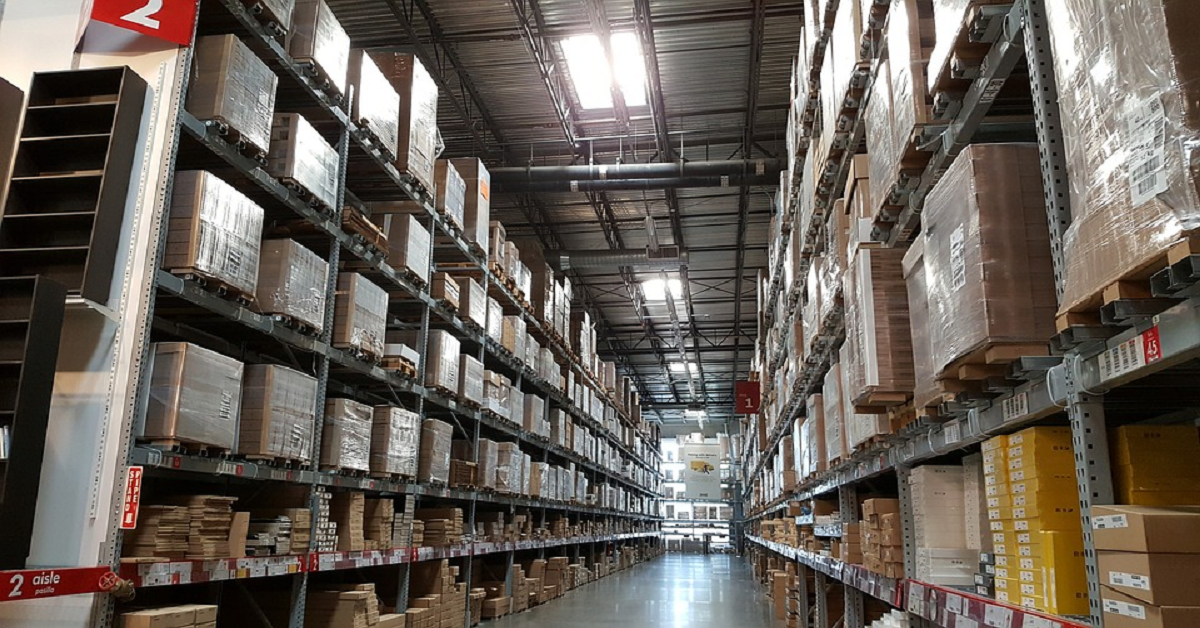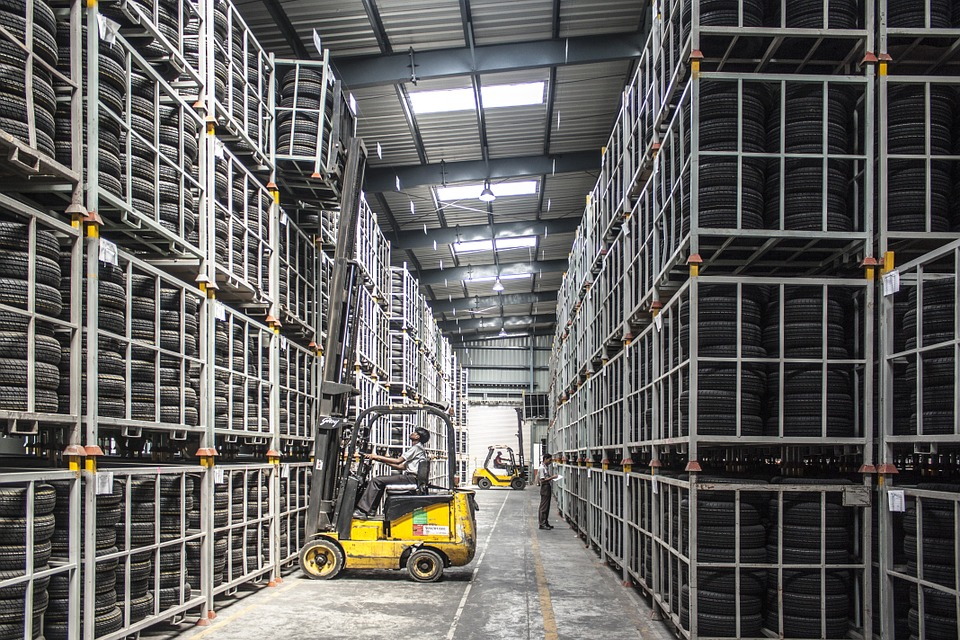
It’s no secret that running an organised warehouse can be very costly. It would help if you considered everything from equipment, staff and other operational costs. It’s prudent for warehouses to run efficiently. Warehouse managers have the vital responsibility of optimising the warehouse space to increase the stock in storage. That way, it can be moved or located effortlessly and safely.
Running a warehouse requires innovative thinking, new technology, and logistical knowledge. Below are some useful tips to maximise any available warehouse space.
In the Supply Chain, you are likely to face the challenge of managing inventory in your distribution centre or warehouse. In most cases, there is minimal space. A regular distribution centre runs out of space at about 85%. It is worth noting that this is not only the storage area but also the shipping, receiving and other process areas in the warehouse. If there isn’t enough space for inventory in the distribution centre, there are a few ways to increase capacity. Here’s what you need to know.
- Increase the Aisle Width

Source: Pexels
The available space in a warehouse depends on the aisles available in the warehouse. If you have not optimised the aisles properly, you could be losing out on much money. To reduce potential waste, the following steps will help to solve any issues:
Start by removing any wasted space to increase the number of aisles present. Also, you can reduce the pallet racks accordingly, thus increasing the overall stock available in the warehouse.
Depending on the size of racks and the type of products you are stocking, you can reduce the aisle width by half and increase your storage space by at least 50%.
When considering the optimal aisle width, you should check a few factors. For instance, you might be using large forklifts that might pose a challenge to the aisle width. Note that, these large forklifts will not fit comfortably in the smaller space with enough room to handle the processes. It would help if you also considered the employees who might be working in the aisles. As a result, the optimum aisle width will be different for each operation. Take the right measurements for the entire warehouse and consider all the aspects that need to fit into the aisle.
- Try Cross-Docking
With cross-docking, the warehouse can minimise the storage space in use by receiving, then sorting and scanning the inbound stock at a chosen terminal. Next, the stock will be loaded into the outbound trucks and vehicles without requiring any storage.
As a result, the stock will not be stored unnecessarily before it reaches the final destination. In reality, the stock will be sorted faster and placed back into the distribution chain. It might be tough to manage the logistical techniques, but for those looking to invest in the best resources, this is a unique method for saving space.
- Consider the Upward Potential

Source: Pixabay
If you have very little to no floor space left, you need to start thinking upwards. Currently, there are numerous shelving options with vertical storage possibilities. It’s an excellent way to increase your overall capacity without worrying about floor space. With these options, you can go as low as 1 foot or as high as 10 feet, depending on your storage needs.
Before adding more stock, you need to consider how the stock placed in the higher levels will be transported. You need to plan for everything, including locating, removing and delivering the stock from the top tier. That way, you can avoid any surprises when you realise your forklifts can’t reach the high shelves. It would be best if you were prepared for every possible predicament.
- Organise Supplier snd Offsite Storage
Inventory management in any warehouse is critical. If you are stocking up on items that haven’t been purchased yet, you could be using much space that should be left for quick-moving goods. You need to consider offsite storage and leave the primary warehouse to store the ready orders. That way, you can streamline your operation and separate your overall stock. It will be easier to locate and manage the stock this way.
Some suppliers offer storage space for any excess stock, especially packaging materials. They are ready to store the stock on-site and deliver weekly shipments. That way, you can avoid any excess stock or unused stock in the warehouse for long periods.
Additionally, you should be able to decrease or increase your incoming orders, thus gaining the required flexibility per week. Of course, you should remember that each warehouse is different. Whether it’s the stock, logistical considerations and much more, you need to think of the best ways to optimise your warehouse space. It’s tough purchasing a new warehouse or relocating to a new lot, so you need to take advantage of what’s available.
Author’s Bio:

James is an engineer by profession. He has over 6 years of experience in building temporary warehouses for both residential and commercial purposes. He is a hands-on guy who makes sure his works are high-quality, and he ensures that every customer’s needs are met.
